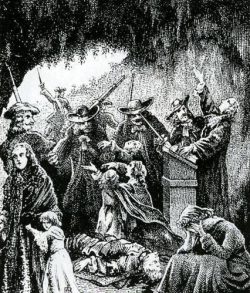The “Church of the Desert”
in the Heroic Period (1715-1760)
The time when Reformed Church religious practices were banned by royal edicts is called the “Desert” period. They had to be performed in secret. It is called “heroic” because, when discovered, such practice was severely punished. Many were martyrs for their faith.
The Churches of the Desert
The secret reconstruction of the church started in the Cevennes in 1715, in an area devastated by the war of the Camisards. The Protestants abandoned rebellion in favour of secret meetings, also called “Desert” meetings. These had to be peaceful, supervised by leaders (the elders) and led by preachers or pastors authorised to preach. This reorganisation of the Church spread little by little in the South, then in the West and North.
The Church under Louis XV saw alternate periods of calm and persecution. The situation varied according to region and the personality of the Intendant at their head. From 1743 the meetings were increasingly held in broad daylight, in full view of the people and the authorities. This plan, advocated by Antoine Court, aimed to show the King and Court that protestants still existed, but were not rebels. Despite the dangers they faced, pastors increasing in number.
Antoine Court was the major figure of this period. At the Montèzes synod (1715) he introduced a programme to re-build the Church. Supported by a small group of preachers and pastors, he extended the programme to neighbouring areas. Forced to flee to Switzerland, he founded the Lausanne Seminary to train future “Church of the Desert” pastors.
This period is known as the “heroic” period because those secretly practicing the Reformed religion knew they were risking very heavy punishments. The penalties for Protestants caught at a meeting were the following : the galleys for men and prison for women, the death penalty for preachers and pastors.
Bibliography
- Books
- BASTIDE Samuel, Les pasteurs du Désert, Musée du Désert, 1901
- BASTIDE Samuel, L’Exode de Huguenots, Musée du Désert, 1901
- BASTIDE Samuel, Les Galériens pour la Foi, Musée du Désert, 1901
- BASTIDE Samuel, La Tour de Crest et ses martyrs, Musée du Désert, 1901
- BASTIDE Samuel, Les prisonnières de la Tour de Constance, Musée du Désert, 1901
- GAMONNET Étienne, Pierre Durand, E.et C. Editions, 2002
- JOUTARD Philippe, Les camisards, Gallimard, collection Folio Histoire, Paris, 1994
- TOURNIER Gaston, Les galères de France et les galériens protestants (XVIIe et XVIIIe siècles), Presses du Languedoc, 2005
Associated notes
-
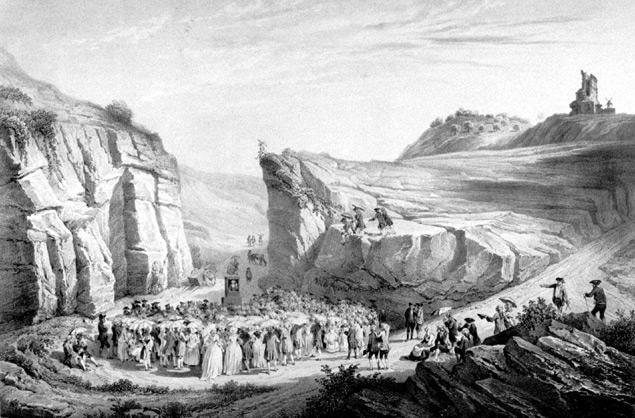
The secret meetings
Long before the Revocation of the Edict of Nantes in 1685, freedom of worship for Protestants was already being questioned. Following the Revocation of the Edict of Nantes, three quarters... -
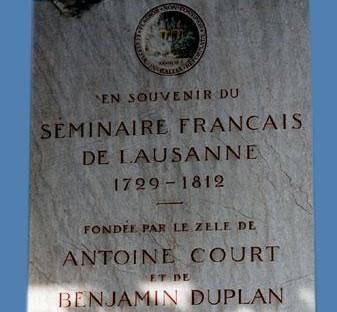
The Lausanne Theological Seminary (1726-1812)
The seminary in Lausanne was started at the instigation of Antoine Court. Its purpose was to train those called to the ministry in France during the “Desert” period. -
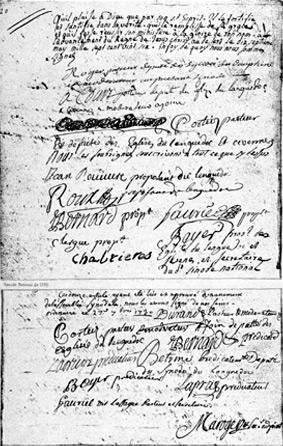
Pastors of the "Church of the Desert"
Following the revoking of the Edict of Nantes, Protestant pastors had to leave France. From 1715, encouraged by Antoine Court, a new group of pastors gradually emerged. The “Church of... -
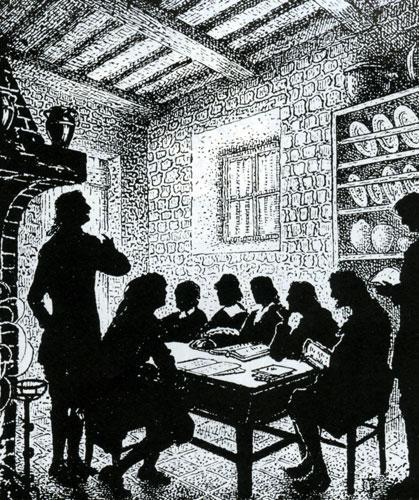
"Church of the Desert" Synods
During the time Protestant religious practice was banned in France, services were held in secret (“Church of the Desert” meetings) in many parts of the country, but particularly in the... -
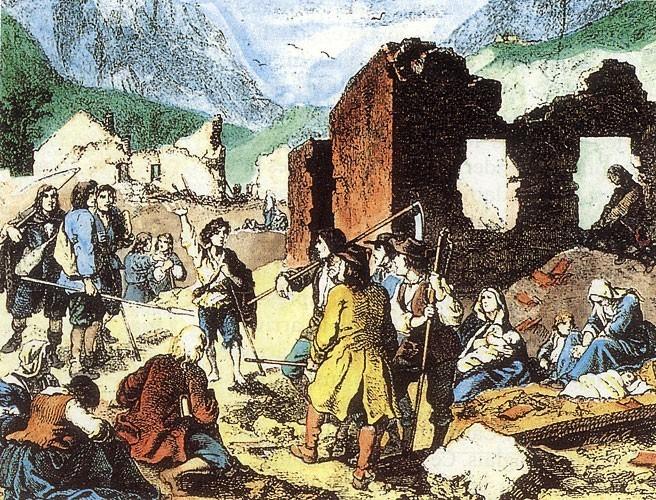
The secret re-building of churches
The secret re-building of churches was the work of Antoine Court who re-established discipline in Reformed Churches, first in the south then in some areas of the north. -

The sentences imposed on Protestants
The Edict of Fontainebleau (1685) and various decrees of 1686 imposed penalties on Protestants.

